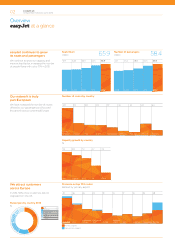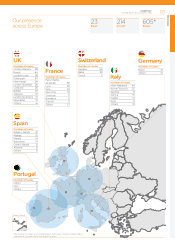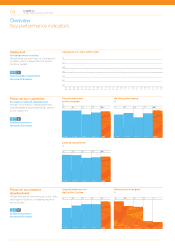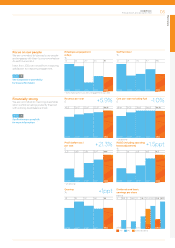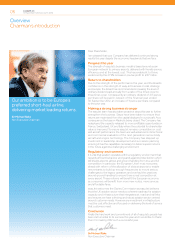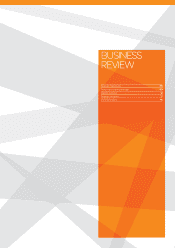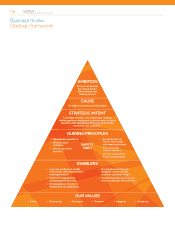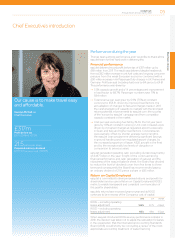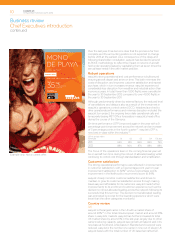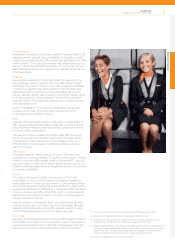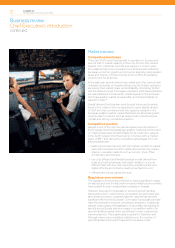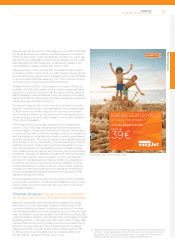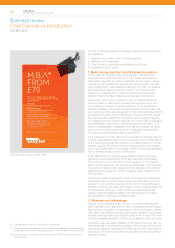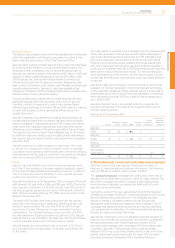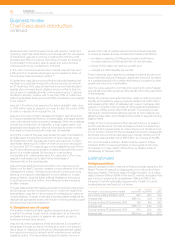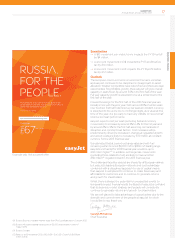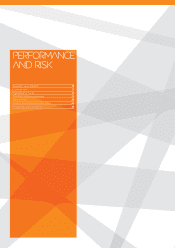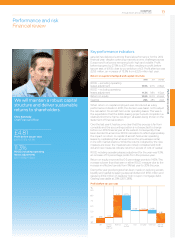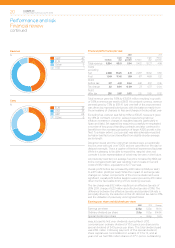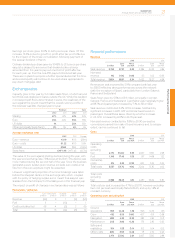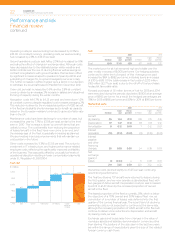EasyJet 2012 Annual Report Download - page 14
Download and view the complete annual report
Please find page 14 of the 2012 EasyJet annual report below. You can navigate through the pages in the report by either clicking on the pages listed below, or by using the keyword search tool below to find specific information within the annual report.
Market overview
Competitive landscape
There are 3,000 short-haul aircraft in operation in Europe and
around half of overall capacity is flown by the top five carriers:
Ryanair, IAG, Lufthansa, AF-KLM and easyJet. In recent years,
thesustained high price of aviation fuel combined with restricted
European economic growth and consumer spending, rising aviation
taxes and scarcity of financing has led to a difficult operating
environment for all airlines.
In the past year, several carriers have exited and other carriers have
changed ownership or required refinancing; the charter operators
are seeing their market share and profitability diminishing further;
and the losses incurred from legacy operators’ short-haul operations
are well publicised. Consequently, overall capacity in the European
short-haul aviation market remained flat, and declined slightly on
easyJet’s routes(4).
Overall demand for European point-to-point leisure and business
travel in the medium term is expected to grow slightly ahead
ofGDP and this, combined with the capacity restraint in the
European aviation market, means that there are structural growth
opportunities for carriers such as easyJet with robust business
models and strong competitive positions.
Competitive position
easyJet is one of the very few pan-European low-cost carriers in
theEuropean short-haul passenger aviation market and is focused
on making travel easy and affordable for its customers. easyJet
isthe fourth largest short-haul carrier in Europe with a market
shareof8%(4) and derives its competitive advantages from the
followingattributes:
A leading short-haul network with the highest number of market
pairs within Europe’s top 100 market pairs and strong market
shares in valuable markets such as London, Paris, Milan,
Amsterdam and Geneva;
A low cost, efficient and flexible business model derived from
scale and cost advantage, high asset utilisation, a young
efficient fleet with low cost ownership, a leading online and
digital offering and industry-leading load factors; and
A efficient and robust capital structure.
Regulatory environment
The regulatory environment continues to have a significant impact
on easyJet and over the last year monopoly infrastructure providers
have pushed through unreasonable increases in charges.
However, there are EU proposals on slot and ground handling
frameworks which could improve competition across Europe and
allow better access to congested airports. easyJet has devoted
significant effort to the European Commission’s proposals as these
have the potential to improve competition at airports. In particular,
easyJet is advocating the legalisation of secondary slot trading at
airports across Europe and an increase in competition within the
ground handling market which would lead to lower costs and an
improved service. This is particularly important in Germany and
Portugal, where anti-competitive restrictions on the number of
ground handlers at an airport have led to excessive costs.
Business review
Chief Executive’s introduction
continued
easyJet plc
Annual report and accounts 2012
12


